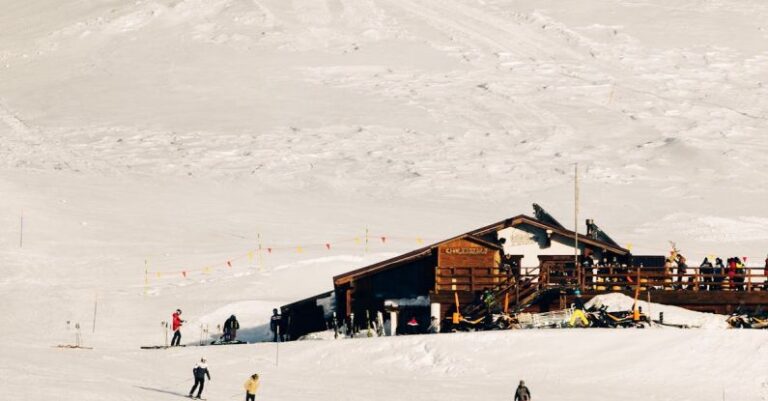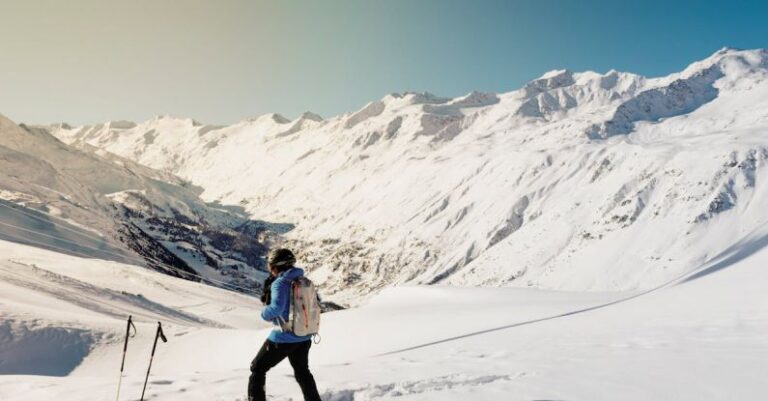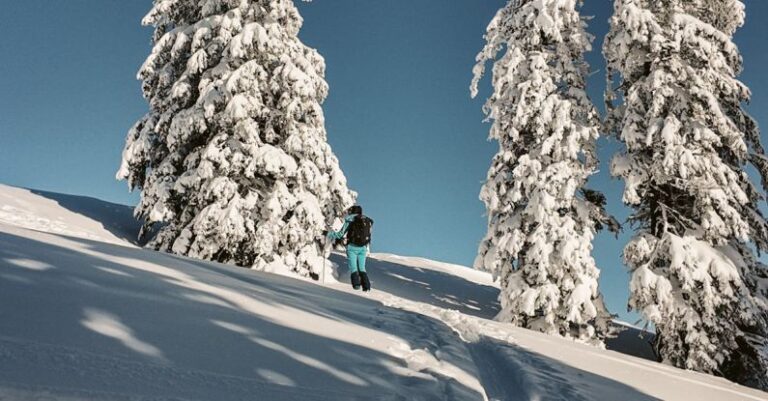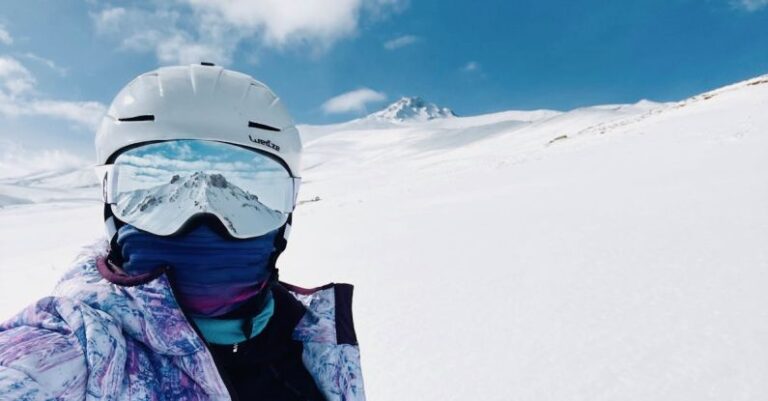
Every year, avalanches pose a significant risk to individuals who venture into snowy, mountainous regions. These powerful natural events can occur suddenly and with devastating consequences. However, there are strategies that outdoor enthusiasts can employ to reduce the risk of being caught in an avalanche. By understanding the factors that contribute to avalanches and implementing preventive measures, individuals can enjoy winter activities in avalanche-prone areas more safely.
Recognizing Avalanche Terrain
One of the key strategies for avoiding avalanches is to recognize and understand avalanche terrain. Avalanches most commonly occur on slopes between 30 and 45 degrees, making these areas particularly hazardous. It is essential for individuals to be able to identify these steep slopes and exercise caution when traveling through them. Additionally, terrain features such as gullies, ridgelines, and convex slopes can increase the likelihood of avalanches, so it is crucial to be aware of these characteristics and avoid them when possible.
Assessing Snow Conditions
Another important aspect of avalanche safety is assessing snow conditions before venturing into the backcountry. Snowpack stability is influenced by factors such as recent snowfall, wind loading, temperature fluctuations, and the presence of weak layers within the snowpack. By conducting snowpack assessments, such as performing stability tests and analyzing snow layers, individuals can gain valuable insights into the current avalanche risk level. It is essential to stay informed about local avalanche forecasts and be prepared to alter plans based on the information provided.
Traveling One at a Time
When traveling in avalanche terrain, it is crucial to minimize the risk by moving one person at a time through hazardous areas. This strategy reduces the overall weight on the slope, decreasing the likelihood of triggering an avalanche that could endanger the entire group. By maintaining a safe distance between individuals and avoiding group travel in high-risk areas, outdoor enthusiasts can enhance their safety while enjoying winter activities in the backcountry.
Carrying Essential Avalanche Safety Gear
In addition to practicing safe travel techniques, carrying essential avalanche safety gear is critical for individuals exploring avalanche-prone areas. A basic avalanche safety kit should include a transceiver (also known as a beacon), a probe, and a shovel. Transceivers allow for the rapid location of buried individuals in the event of an avalanche, while probes and shovels are essential tools for conducting rescue operations. It is essential for all members of a group to be proficient in using this equipment and to regularly practice avalanche rescue scenarios to ensure a swift and effective response in the event of an emergency.
Receiving Proper Training
Obtaining proper training in avalanche awareness and safety is essential for individuals who plan to engage in winter activities in avalanche terrain. Avalanche education courses, such as those offered by certified organizations like the American Institute for Avalanche Research and Education (AIARE), provide valuable knowledge and skills that can help individuals make informed decisions while in the backcountry. By learning about snow science, route finding, terrain analysis, and rescue techniques, individuals can enhance their preparedness and reduce the risk of being caught in an avalanche.
Conclusion: Stay Safe in Avalanche Terrain
In conclusion, avoiding avalanches requires a combination of knowledge, preparation, and prudent decision-making while traveling in avalanche terrain. By recognizing avalanche-prone areas, assessing snow conditions, traveling one at a time, carrying essential avalanche safety gear, and receiving proper training, individuals can significantly reduce the risk of being caught in an avalanche. It is essential to prioritize safety and exercise caution when exploring snowy, mountainous environments to ensure a memorable and hazard-free outdoor experience. By following these strategies and remaining vigilant in the face of changing conditions, outdoor enthusiasts can continue to enjoy winter activities in avalanche country while minimizing the inherent risks associated with these dynamic natural events.





